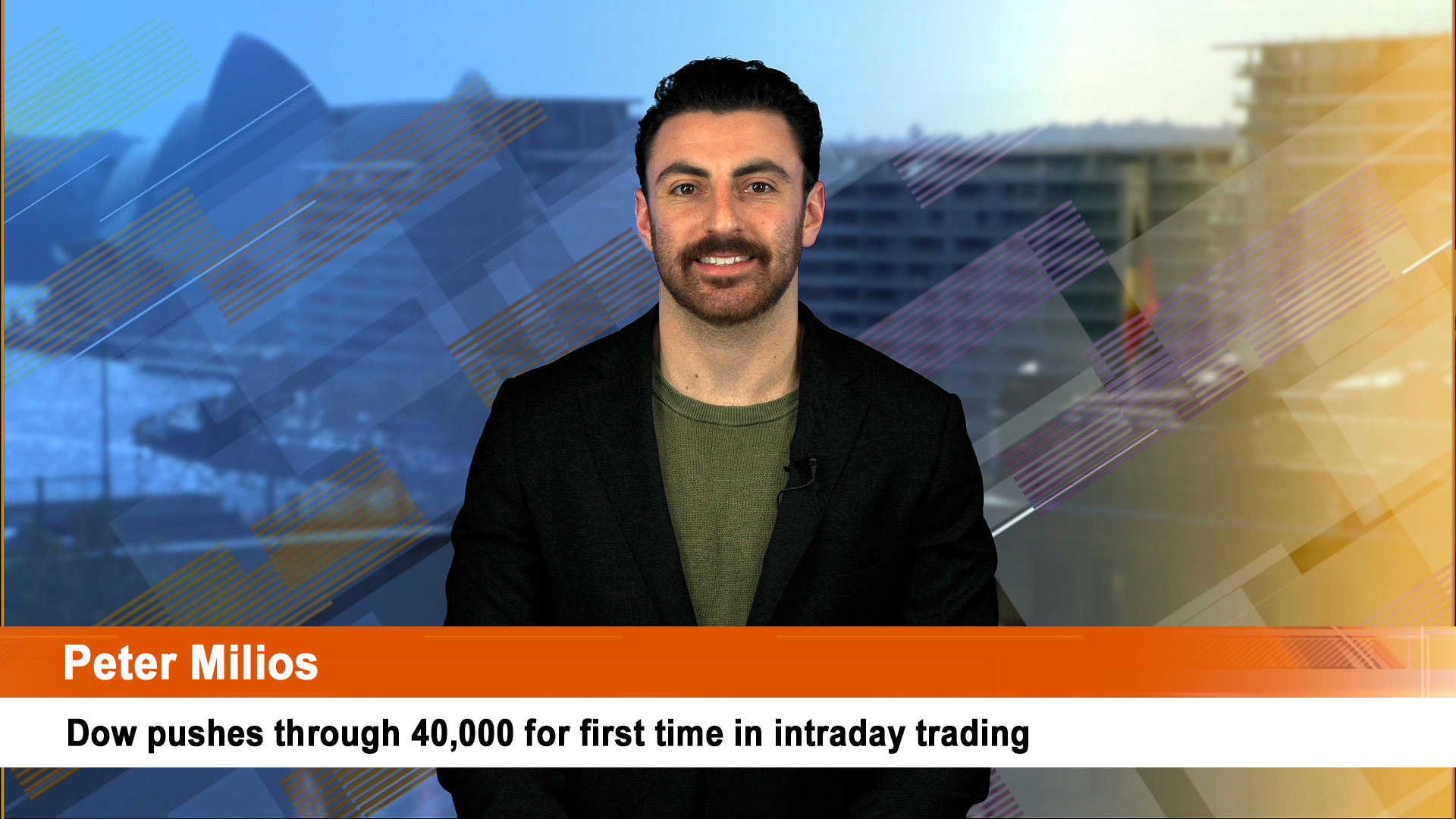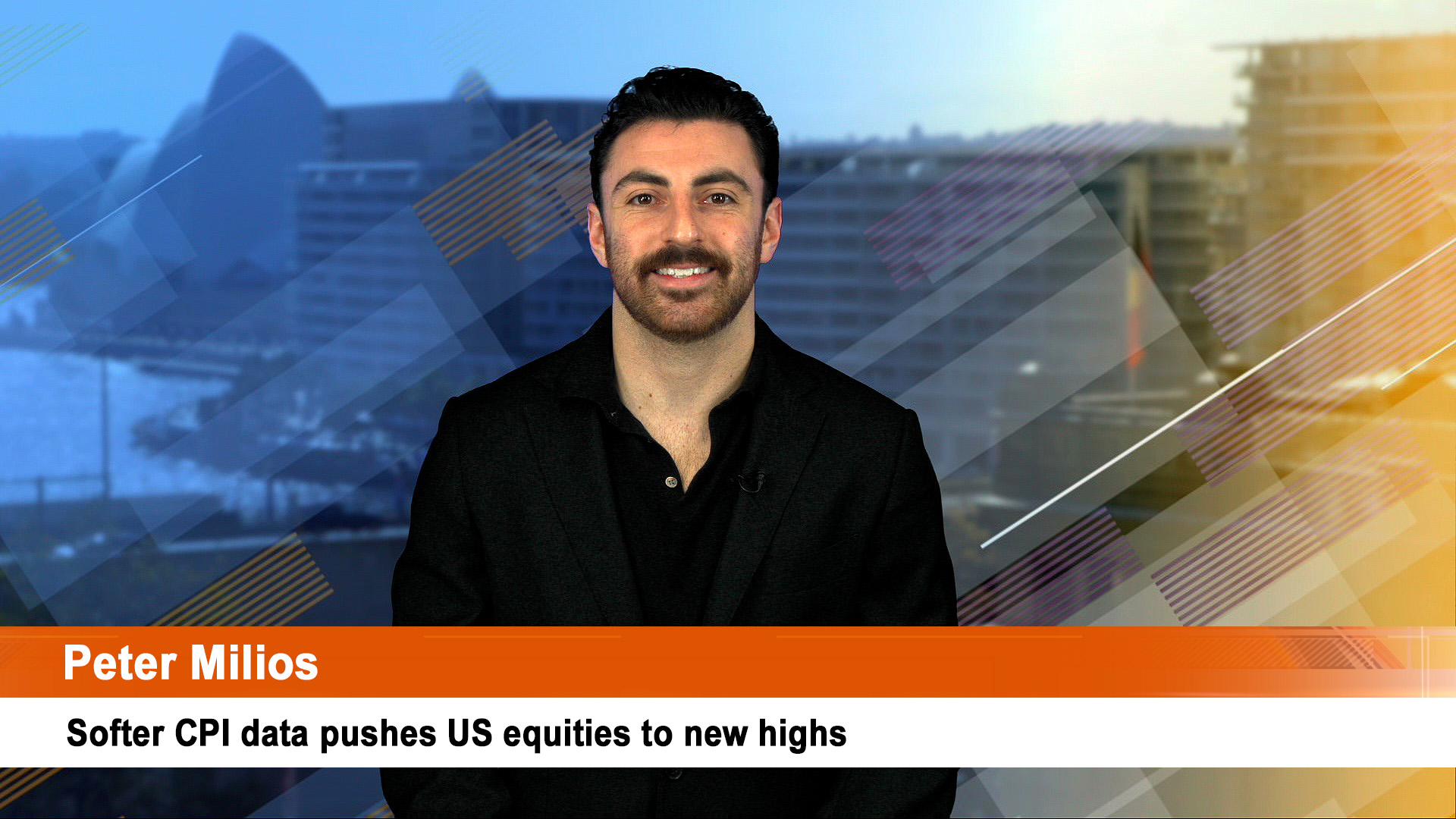Wall Street finished lower again on Friday, and for the week, after the release of the March US employment report which was grimmer than expected.
The Dow fell 360.91 points, 1.7%, to end at 21,052.53, while the S&P 500 lost 38.25 points, or 1.5%, to close at 2,488.65. The Nasdaq lost 114.23 points, or 1.5%, to end at 7,373.08.
For the week, the Dow lost 2.7%, the S&P 500 declined 2.1% and the Nasdaq saw a weekly drop of 1.7%.
Before the extent of the economic devastation from the coronavirus pandemic has been fully realised, 710,000 jobs were lost in the US last month, but that wasn’t the full extent of the losses.
The data was collected before job benefit claims exploded in late March and into April (and again this week).
Some economists say the April jobs report in a month’s time will show a rise in the millions – perhaps 10 million and the jobless rate hitting a range of 15% to 20%.
Friday’s report was the first decline in payrolls since September 2010 and the 710,000 lost jobs wasn’t too far from the worst month of job losses during the 2007-09 recession.
All up, economists say around 10 million Americans are without jobs, which would puts the unemployment rate at or near 10%.
For the week US shares fell 2.1%, Eurozone shares lost 2.2% and Japanese shares were down 8.1% which saw them give up some of their gains from the previous week.
However, Chinese rose 0.1% and Australian shares rose 4.7%, with the latter playing a bit of catchup and getting a boost from the Australian Government’s massive wage subsidy program.
Bond yields fell in the US, UK, and Australia but they rose in Europe.
Commodity prices were mixed with a surge in oil prices (albeit only to $US28/barrel) on reports Saudi Arabia and Russia are ready to cut production and copper and iron ore prices fell.
The Aussie dollar fell back below 60 US as the $US headed higher again.
After the big rises on Thursday and Friday, crude-oil prices are back in focus for investors, with attention on Saudi Arabia and Russia at a planned OPEC tonight, our time.













